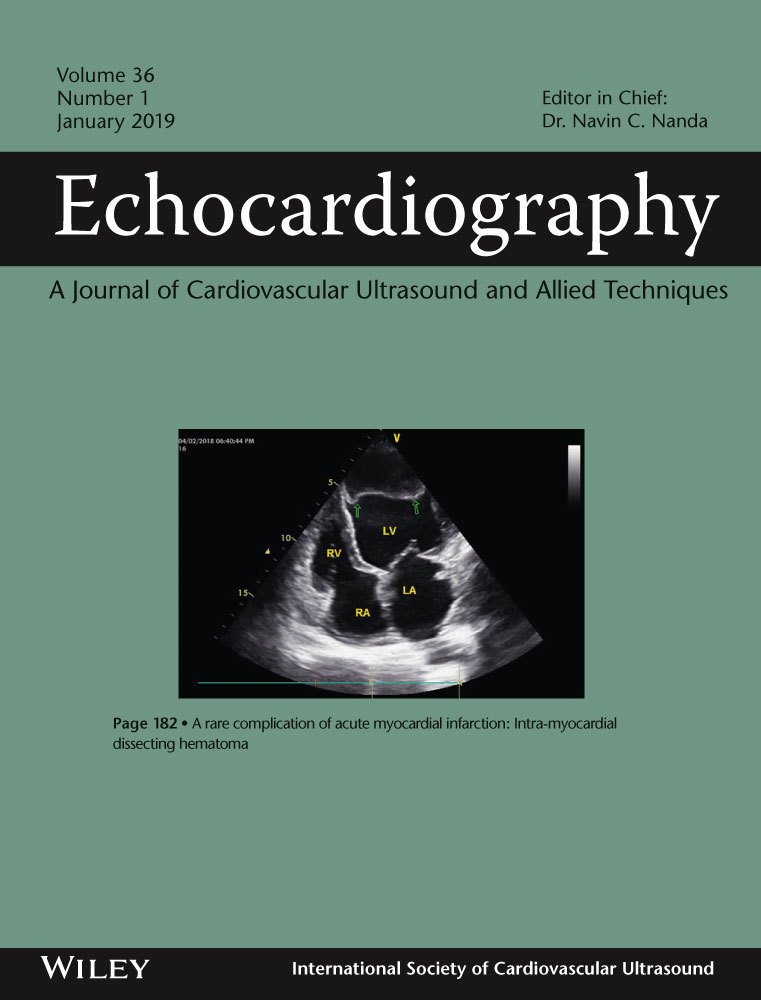Imaging in blunt thoracic trauma: The importance of clinical correlation
Abstract
We present the case of a 26-year-old female restrained front-seat passenger who presents following a motor vehicle accident, with CT angiogram features suggestive of possible acute aortic injury. However, clinical features including relative hemodynamic stability and absence of typical symptoms were discordant with these imaging findings. This case illustrates that even with ECG-gating, CT angiogram artifact mimicking acute aortic injury may still occur. Careful evaluation and clinical correlation is of vital importance, both to ensure acute aortic injury is not missed and that patients are not erroneously sent for aortic surgery when there is no aortic injury. Careful clinical evaluation must be combined with imaging in all cases of suspected aortic trauma, and at times multimodality imaging is indicated to direct the decision making strategy.




